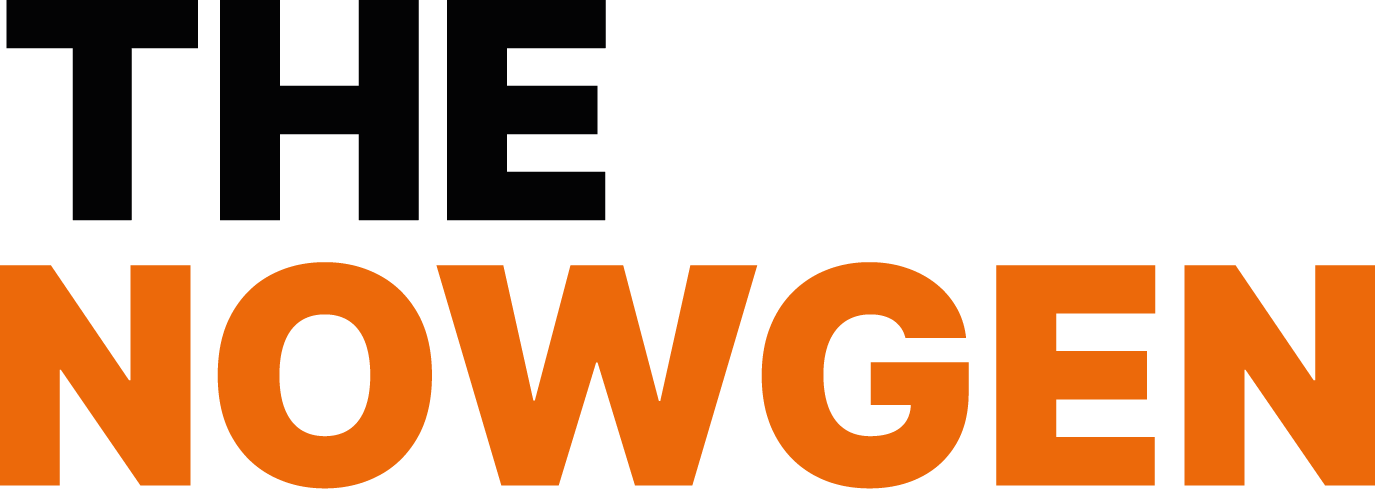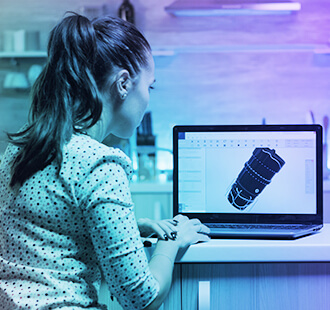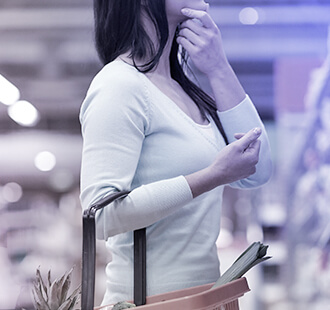
Brands have a responsibility to adopt sustainable packaging materials, not only for the environment but also to increase customer loyalty.
Reports show that adopting sustainable packaging materials is imperative for brands to remain their customers’ first choice. An article published by the Global Banking and Finance Report mentioned that more than half of the consumers surveyed have said they are willing to pay more for eco-friendly packaging.
It is important to note that implementing sustainable packaging materials may come with challenges, such as finding suppliers and educating customers. However, these challenges can be overcome with proper planning and communication.
As the demand for sustainable packaging solutions grows, various eco-friendly materials emerge as viable alternatives to traditional packaging options. These sustainable packaging materials offer unique characteristics that suit different applications.
This blog post will explore some of the most popular sustainable packaging materials and discuss their best uses, enabling consumer packaged goods (CPG) brands to make informed choices for their packaging designs.
Bioplastics:
Bioplastics are derived from renewable sources such as cornstarch, sugarcane, or cellulose. They offer several advantages over conventional plastics, including reduced carbon emissions and biodegradability. Bioplastics can be divided into two categories:
PLA (Polylactic Acid): PLA is a popular bioplastic made from fermented plant sugars. It is commonly used for packaging applications such as food containers, disposable cutlery, and transparent film wraps. PLA is compostable under specific conditions and is suitable for items with a short shelf life.
PHA (Polyhydroxyalkanoates): PHA is a versatile bioplastic derived from various organic materials. It possesses excellent barrier properties and is used in packaging applications where moisture resistance is crucial, such as food packaging, personal care products, and medical devices.
Recycled Paper and Cardboard:
Recycled paper and cardboard are widely used sustainable packaging materials due to their recyclability, biodegradability, and renewable nature. They can be used in various forms, including boxes, bags, and wrapping materials. Recycled paper and cardboard are suitable for packaging products across multiple industries, including e-commerce, food and beverages, and cosmetics.
Corrugated Cardboard: Corrugated cardboard offers excellent strength and cushioning properties, making it ideal for shipping boxes and protective packaging. It is lightweight, recyclable, and often made from high percentages of post-consumer recycled content.
Molded Pulp: Molded pulp, also known as pulp packaging or pulp paper, is made from recycled paper fibers. It is commonly used for egg cartons, food trays, and protective packaging for fragile items. Molded pulp is compostable and can be an excellent alternative to plastic foam packaging materials.
Glass:
Glass is an infinitely recyclable material that offers exceptional durability and impermeability. It is commonly used for packaging food and beverages, cosmetics, and pharmaceutical products.
Glass containers preserve the product’s quality, are non-toxic, and can be recycled indefinitely without losing quality. Moreover, glass has a premium look and feel that can enhance a product’s branding and perceived value.
Plant-based or Compostable Films:
Plant-based films, often made from cellulose or polylactic acid, are designed to be compostable or biodegradable. These films offer barrier properties and can be used for food packaging, wrapping, and labels. They are especially beneficial for products with a short shelf life, as they can break down naturally and reduce waste.
Metal:
Metal packaging, primarily aluminum, and steel, is highly recyclable and can be used repeatedly without losing quality. Aluminum cans are widely used for beverages, while steel cans are common in food packaging. Metal packaging provides excellent protection against light, moisture, and oxygen, making it ideal for products that require a long shelf life.
Be a part of the movement toward sustainability and contribute to the betterment of our planet!
The use of materials like these offers diverse options for CPG brands to embrace eco-friendly practices. Bioplastics, recycled paper and cardboard, glass, plant-based films, and metal packaging all present unique characteristics and suitability for different packaging applications.
By carefully considering the specific needs of their products, brands can choose the most appropriate sustainable packaging material, reduce their environmental impact, and meet the growing consumer demand for greener alternatives.
In addition to these efforts, having a clear communication strategy for your sustainability plan can give your brand visibility among customers. Practices like having a clear message in your packaging copy, developing metrics to measure the effectiveness of your sustainability efforts, and constantly reviewing and improving your actions.
Customers are becoming more aware of their purchases’ impact on the planet and are more likely to choose businesses that align with their values.
In conclusion, it is time for businesses to take a stand and adopt sustainable practices, such as changing their packaging materials. Doing so can protect our planet and create a better future for future generations. Let’s take action and make a difference together.




